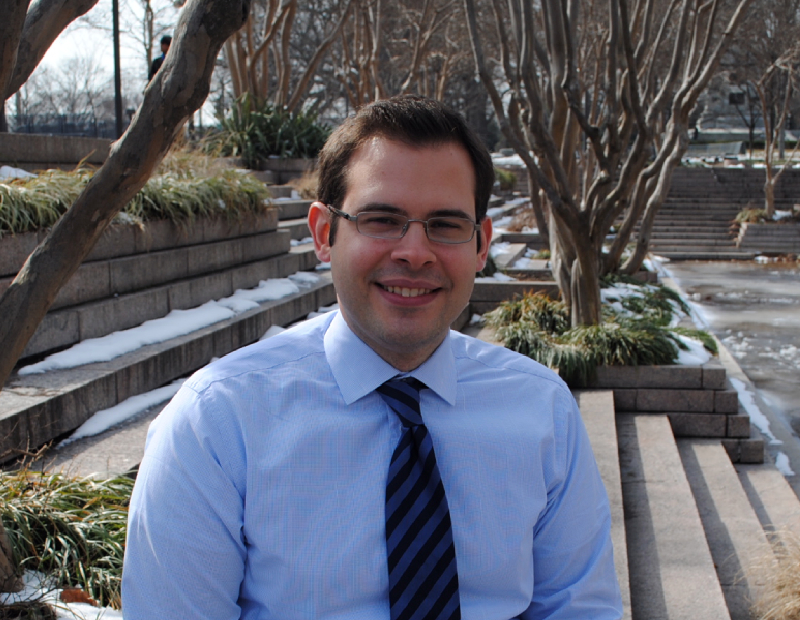2020’s Leading Clean-Energy Cities
ACEEE's annual scorecard reveals advances, innovation and ample room for improvement.
New York City, Boston, Seattle, Minneapolis, and San Francisco took the top 5 spots on the American Council for an Energy-Efficient Economy’s annual clean energy scorecard, which analyzed and scored 100 major U.S. cities.

Uptake of select new actions. Chart courtesy of ACEEE
The report revealed that cities took 160 new actions since the 2019 scorecard. According to ACEEE Director of Local Policy David Ribeiro, these actions ranged from practical steps that made their fleets more efficient to cutting-edge initiatives like building performance standards.
Cities were scored on five policy categories:
- local government operations (10 points)
- community-wide initiatives (15 points)
- buildings policies (30 points)
- energy and water utilities (15 points)
- transportation policies (30 points)
READ ALSO: Building Performance Standards Are de Rigueur for the Future
New York City’s ascent from No. 6 in 2019 to No. 1 in 2020 was due primarily to its Climate Mobilization Act, which sets a greenhouse gas emission performance standard for large buildings.
St. Louis and St. Paul, singled out as most improved, earned that recognition as a result of adopting greenhouse gas standards for buildings in January 2019.
ACEEE found 20 cities on track for their energy efficiency goals—a significant jump from 11 out of 75 cities in 2019—with nine returning cities this year.
New York City, Seattle, Boston, Chicago and San Francisco were cited for adopting or advocating for tough building energy codes; devoting resources to building code compliance; and using incentives, financing programs or requirements to address energy consumption in large existing buildings.
Room for Improvement
“We see progress, but the flip side is that there’s still a lot of low-scoring cities that need to get started,” Ribeiro said. The cities that brought up the bottom include Augusta, Ga.; Wichita, Kan.; Oklahoma City; Baton Rouge, La., and San Juan, Texas.
In addition, the bottom 10 cities dropped in point count from 22.75 in 2015 to just 19 in 2020. “It really comes down to what the leadership and individual cities prioritize,” Ribeiro noted, adding that opportunities to move forward on clean energy are plentiful, regardless of a city’s location or political tendencies.
The report recommends that the top 33 cities consider more cutting-edge policies, such as clean energy requirements for existing buildings, given that cities are authorized by state law to create such mandates.
READ ALSO: California Issues New Zero-Emission Vehicle Order
ACEEE also recommends voluntary initiatives that create competition to promote energy efficiency operations, such as an energy challenge for building owners.

David Ribeiro, Director of Local Policy at ACEEE. Image courtesy of ACEEE
“As you move along that sort of continuum, you ratchet up the guaranteed level of savings you’re going to achieve,” Ribeiro said. For instance, a building energy performance standard calls for buildings to achieve a certain level of energy efficiency or greenhouse gas emissions. “That’s the certainty you’re getting with the policy and why we think it’s most effective,” he added.
Energy Policy Leaders
The report singled out San Jose, Calif., as No. 1 on renewable energy policy and No. 9 overall, up from No. 11 in 2019. The city’s electricity supplier already provides residents and businesses with carbon-free electricity with goals to source 100 percent of its power from non-hydro renewables by 2050. Austin and Seattle tied for second and third place, with initiatives such as a requirement that all new commercial buildings be solar-ready.
New York City, Seattle and Chicago were among the leading cities for energy policy overall. In addition, New York City emerged as the national leader in policies targeting energy efficiency in existing buildings, with six mandatory policies on its books.
Another highlight this year is environmental justice, which ACEEE has been ramping up as part of the scorecard since 2017. “We’re trying to assess the extent to which cities’ clean energy actions are informed by input from the community and are designed to serve their residents,” Ribeiro said. That translates into adopting inclusive procurement and contracting policies for municipal operations; engaging in equitable inclusive climate and energy planning; and supporting renewable energy and energy efficiency programs for low-income households.
Dallas and Los Angeles, for example, were both cited for setting specific time-limited goals and metrics to track how energy efficiency and climate action initiatives are achieving position environmental justice outcomes. “Because of current events, it’s going to be something that takes even more significance moving forward,” Ribeiro noted.







You must be logged in to post a comment.